Table of Contents: carved churches
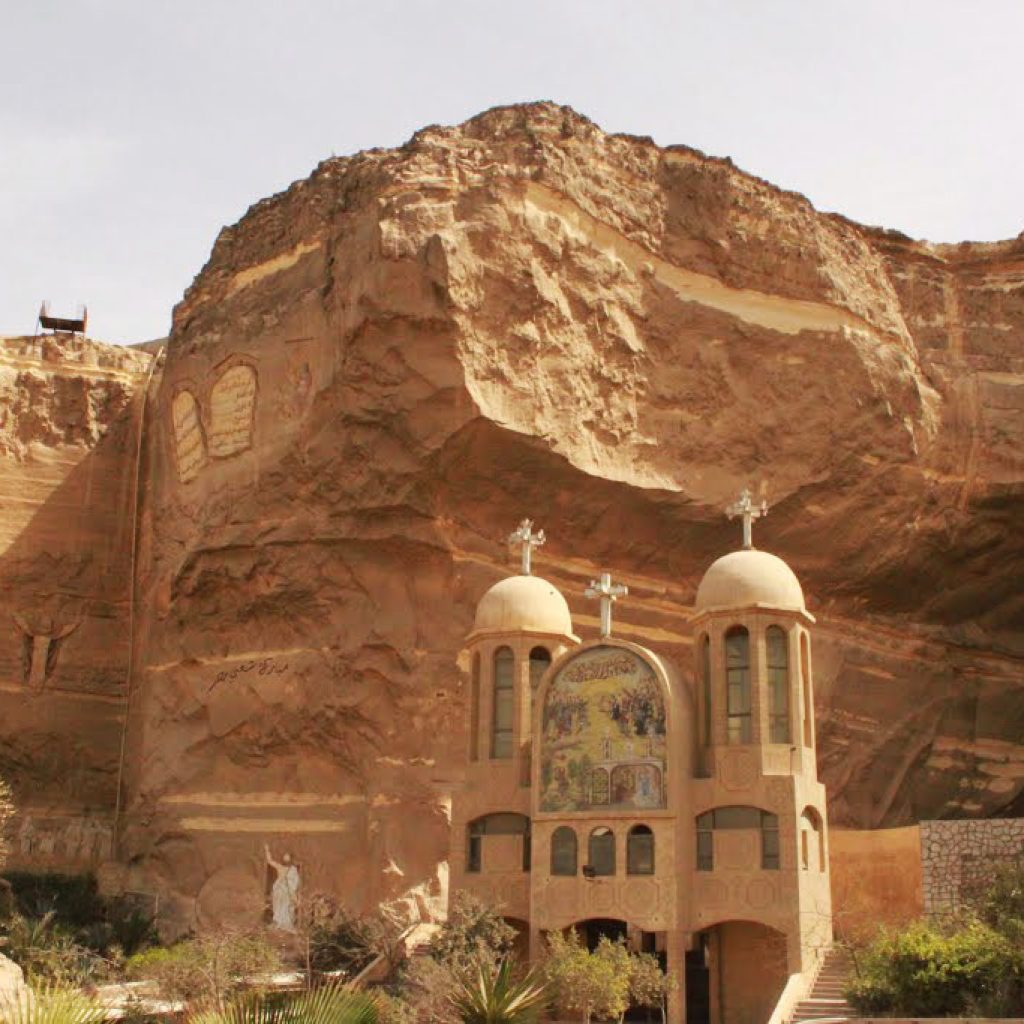
- Introduction
- The Egyptian Museum in Caio
- The Cultural Significance of Carved Churches
- The Origins of Mountain-Carved Churches
- Church of St. Simeon the Tanner
- Church of the Virgin Mary and St. Paula
- Church of St. Georg
- Church of St. Mark
- Church of St. Anthony
- Church of St. Pete
- Church of St. Theodore
- Conclusion
- FAQs
Introduction: carved churches
carved churches The Egyptian Museum in Cairo is a magnificent repository of Egypt’s ancient heritage, housing artefacts that span thousands of years. However, beyond the museum’s walls lies another equally captivating aspect of Egypt’s cultural and religious history: the ancient churches carved into the mountains. These architectural marvels, some of the oldest in the world, offer a profound glimpse into the spiritual and artistic endeavours of early Christian communities. This article explores the seven oldest churches carved into mountains in Egypt and the world, highlighting their historical and cultural significance-carved churches.
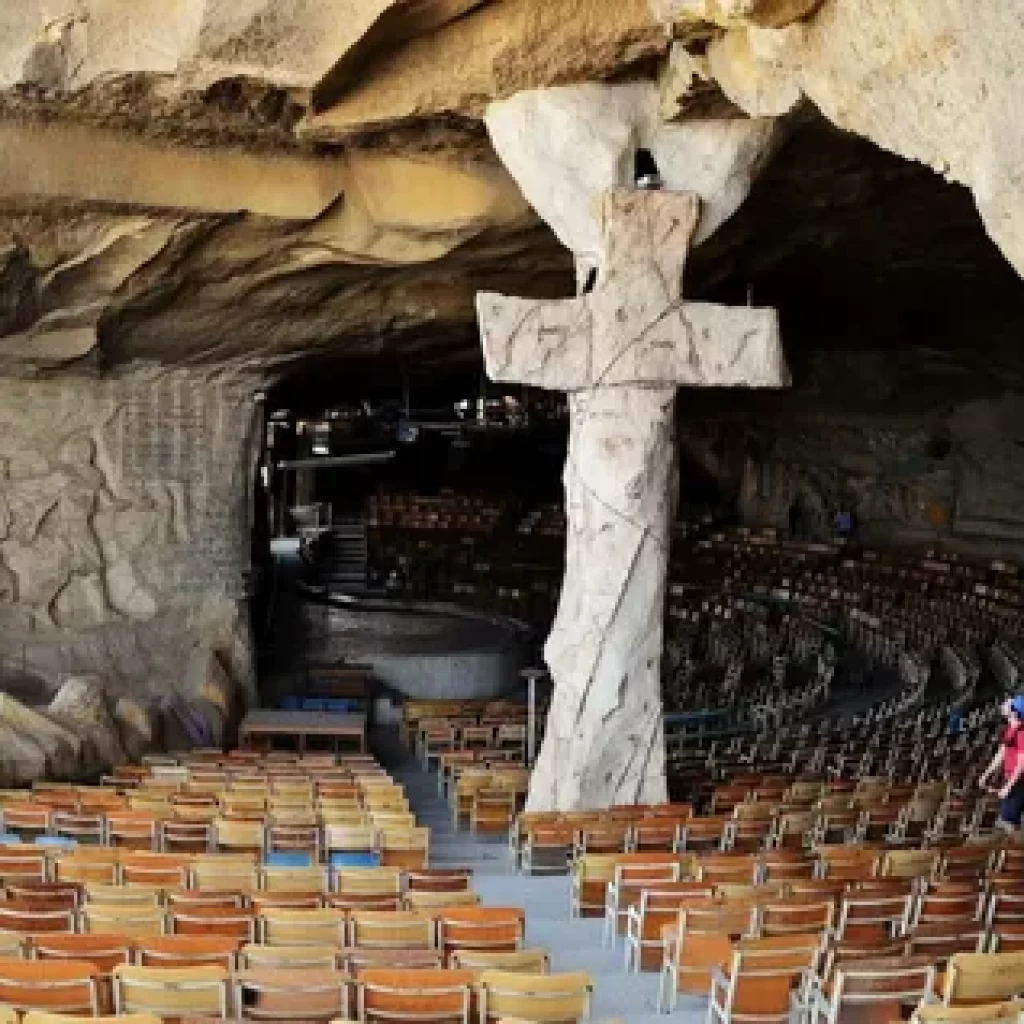
- The Egyptian Museum in Cairo
The Egyptian Museum in Cairo, often referred to simply as the Egyptian Museum, is an iconic institution that preserves the extensive heritage of Ancient Egypt. Opened in 1902, the museum is home to over 120,000 artefacts, including the famous treasures of Tutankhamun, monumental statues, and intricate jewellery. It provides invaluable insights into the civilization that once thrived along the Nile.
- The Cultural Significance of Carved Churches
Churches carved into mountains hold a unique place in the history of Christian architecture. These structures are not only remarkable for their construction techniques but also for their embodiment of the faith and resilience of early Christian communities. They often served as places of worship, refuge, and monastic retreats, deeply intertwined with the religious and social fabric of their times.
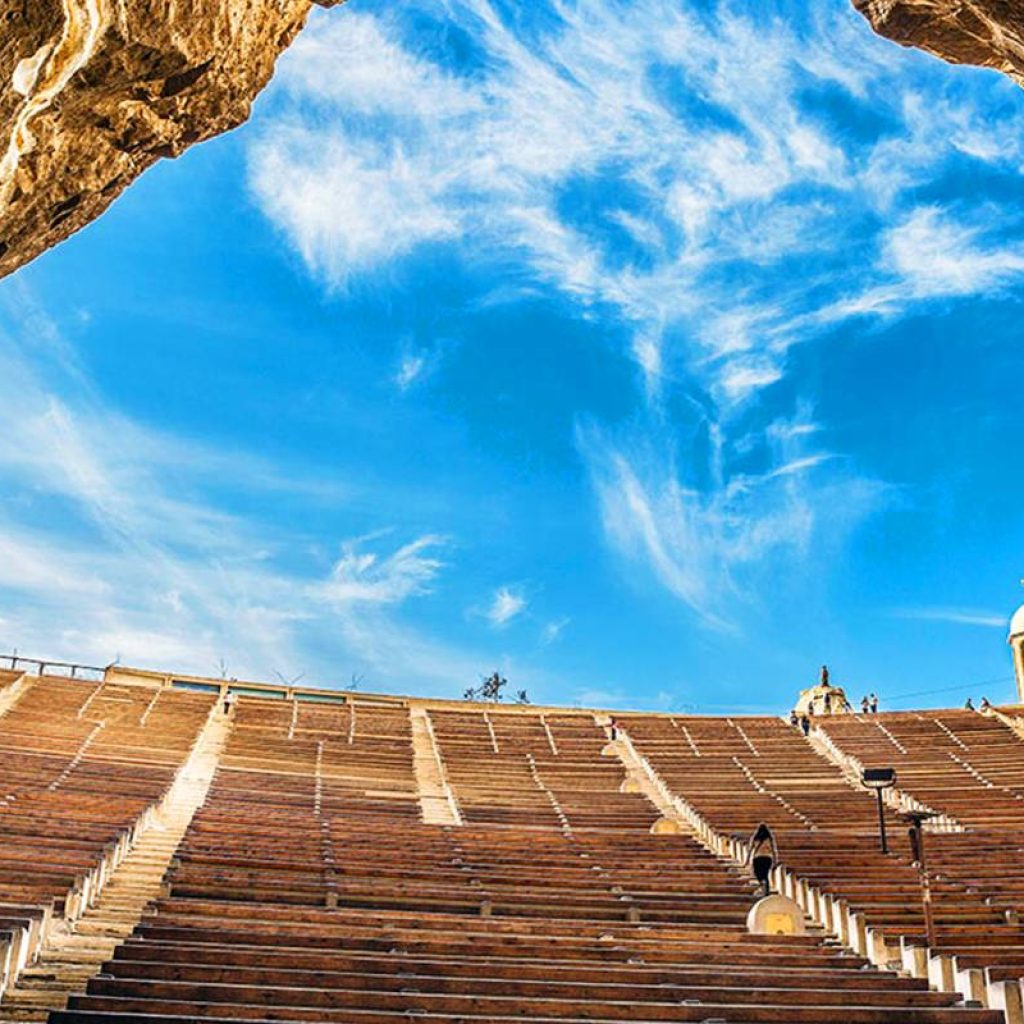
- The Origins of Mountain-Carved Churches
The tradition of carving churches into mountains dates back to the early centuries of Christianity. This practice was particularly prevalent in regions where Christians faced persecution, prompting them to seek secluded and secure places for worship. The mountainous terrains of Egypt provided the perfect setting for these hidden sanctuaries, which were often expanded into elaborate complexes over time.
- Church of St. Simeon the Tanned
The Church of St. Simeon the Tanner, located in Cairo’s Mokattam Hills, is one of the most renowned mountain-carved churches in Egypt. Founded in the 10th century, this church is named after St. Simeon, a Coptic saint known for his miracles. The church, carved into the rock, features intricate carvings and frescoes that depict biblical scenes, reflecting the artistic and spiritual fervour of its creators.
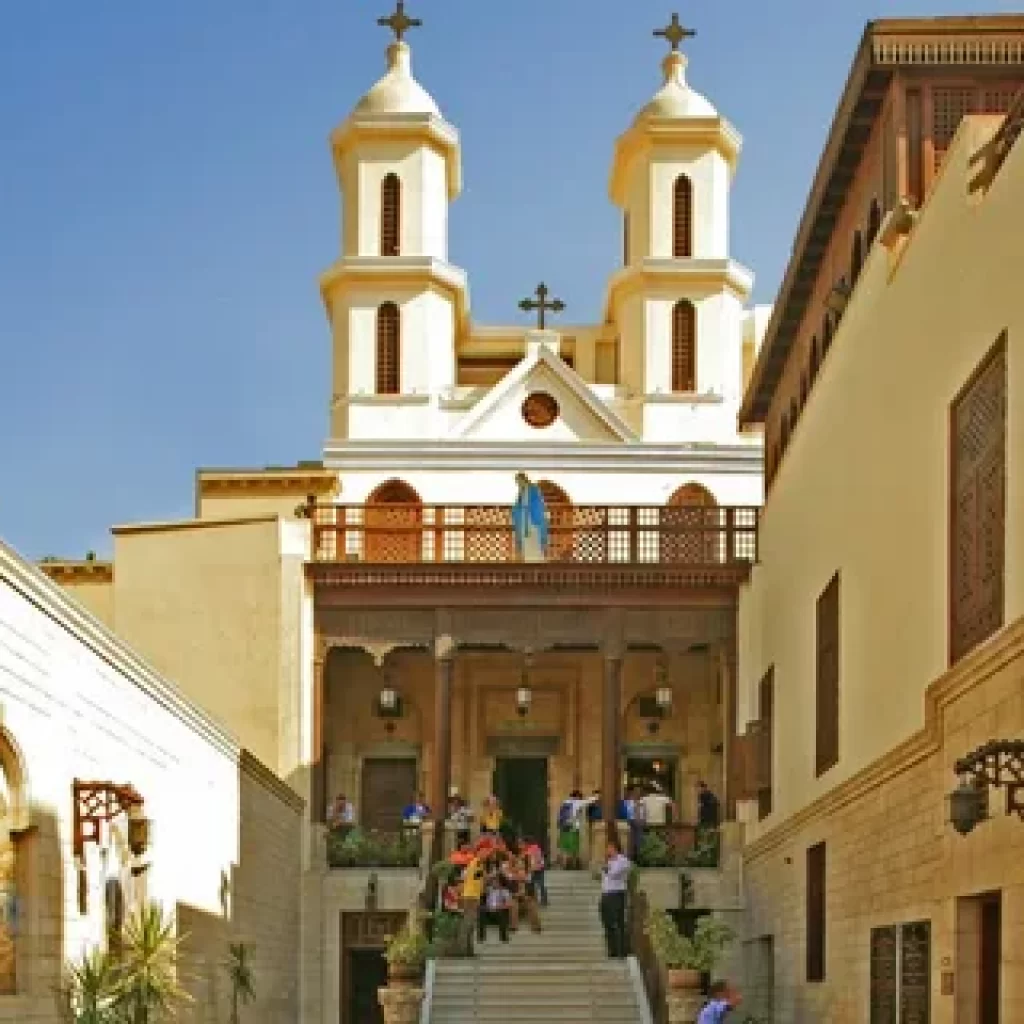
- Church of the Virgin Mary and St. PaulA
Nestled in the Mokattam Hills, the Church of the Virgin Mary and St. Paula stands as a testament to enduring faith. This church, hewn from the rock, offers a serene environment for worship and contemplation. Its simple yet profound architecture, coupled with the natural beauty of its surroundings, makes it a significant site for both pilgrims and tourists.
- Church of St. Georg
The Church of St. George, also located in the Mokattam Hills, is another important mountain-carved church in Egypt. St. George, known for his legendary battle with the dragon, is a revered figure in Christianity. The church dedicated to him is a site of pilgrimage, where believers come to seek blessings and recount the tales of the saint’s bravery and piety.
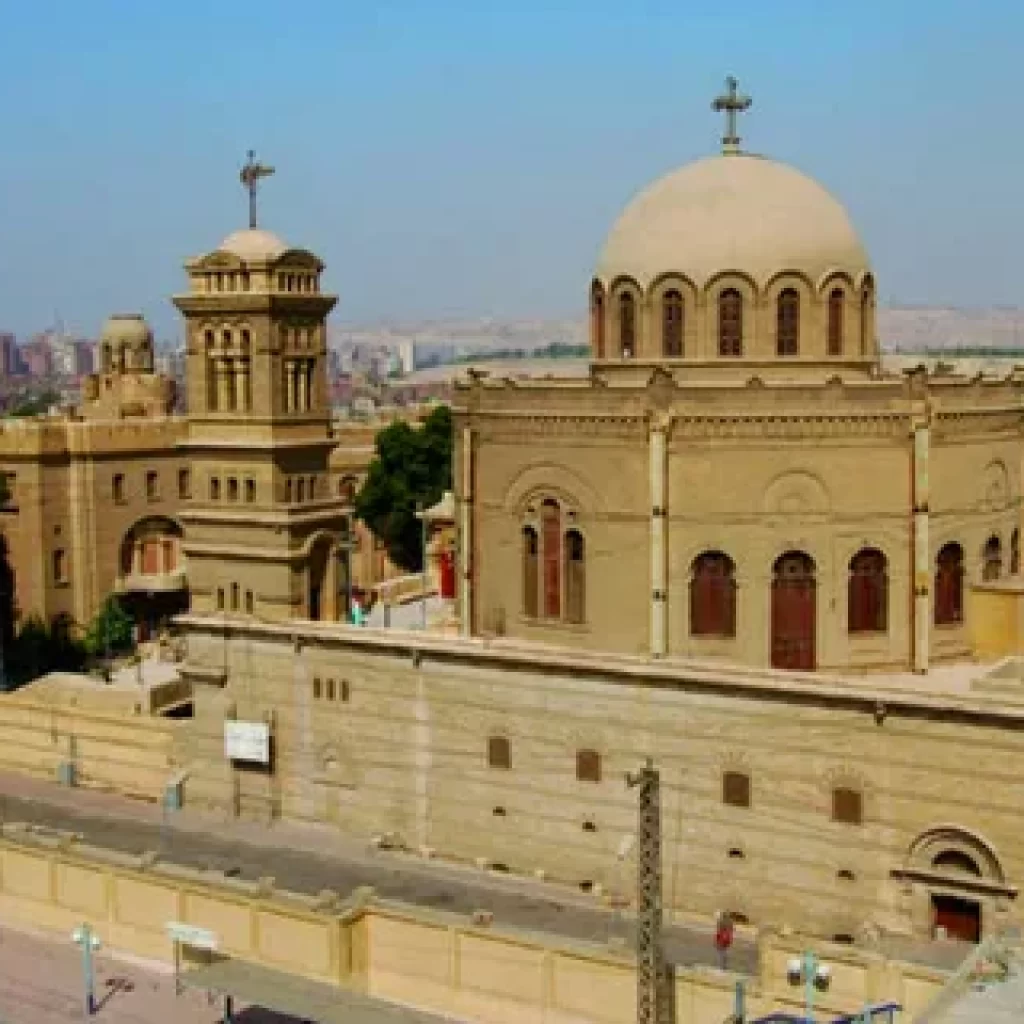
- Church of St. Mark
The Church of St. Mark, found in the same mountainous region, is named after the apostle Mark, traditionally considered the founder of the Coptic Church. This church’s carved interior features ornate iconography and altars, preserving the rich liturgical traditions of early Christianity. It stands as a monument to the enduring legacy of St. Mark’s evangelistic mission.
- Church of St. Anthony
The Church of St. Anthony, situated in Egypt’s Eastern Desert, is one of the oldest monastic sites in the world. St. Anthony is often regarded as the father of monasticism, and this church, carved into the mountains, reflects his ascetic lifestyle. The site includes monastic cells, chapels, and communal areas, providing a comprehensive glimpse into the monastic life of early Christians.

- Church of St. Pete
The Church of St. Peter, less well-known but equally significant, is another carved church in Egypt. Its secluded location and modest size belie its historical and spiritual importance. The church’s simple, unadorned interior invites visitors to reflect on the humility and devotion that characterized early Christian worship.
- Church of St. Theodore
The Church of St. Theodore, also carved into the mountains, is a significant pilgrimage site. St. Theodore is venerated for his martyrdom and steadfast faith. The church dedicated to him features relics and icons that draw pilgrims from across the region, creating a vibrant centre of religious activity.
Conclusion: carved churches
The ancient churches carved into the mountains of Egypt are not merely architectural wonders; they are enduring symbols of faith, resilience, and artistic achievement. These sanctuaries, some of the oldest in the world, continue to inspire awe and reverence, offering a window into the spiritual and cultural life of early Christian communities. The preservation of these sites ensures that future generations can appreciate their historical and religious significance.
FAQs: carved churches
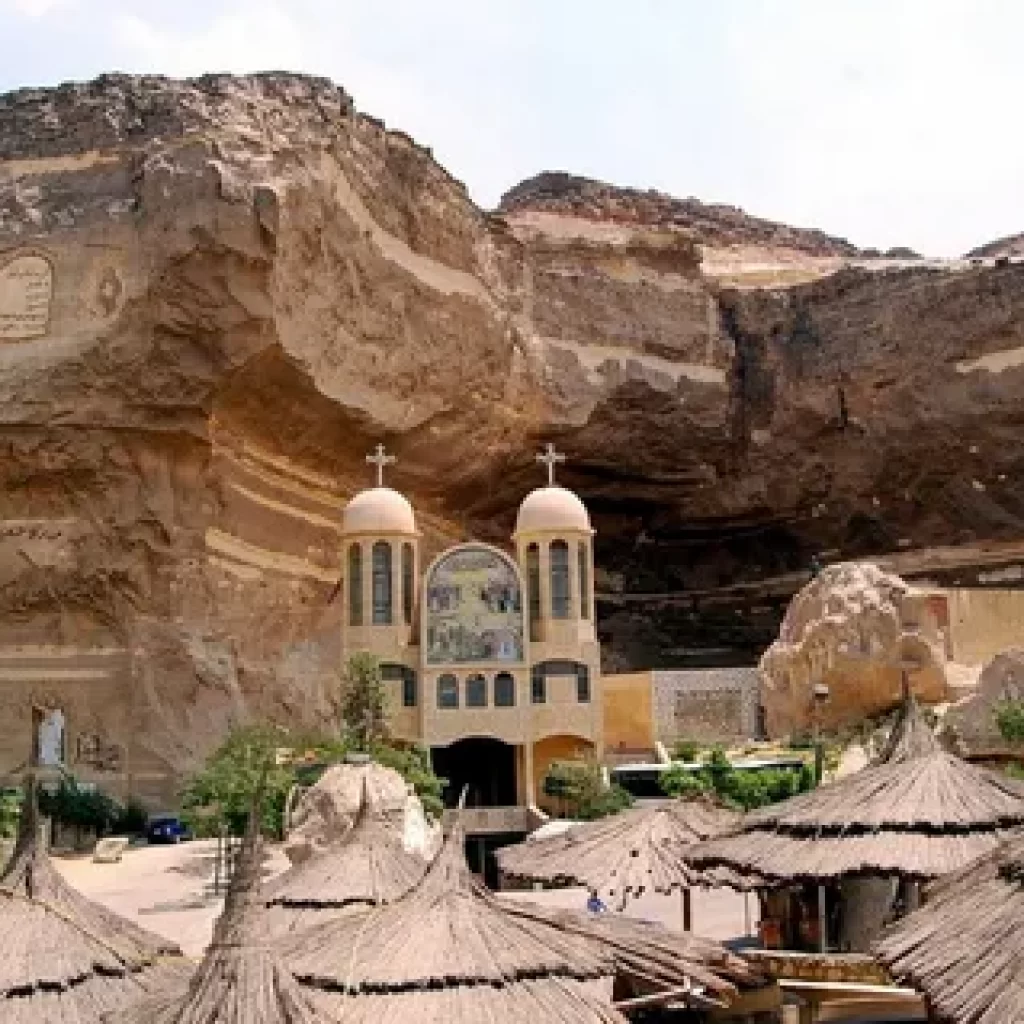
- What is the significance of mountain-carved churches in Egypt?
Mountain-carved churches in Egypt are significant for their unique architectural style, historical value, and the insight they provide into early Christian worship and community life. - Which is the oldest mountain-carved church in Egypt?
The Church of St. Anthony in Egypt’s Eastern Desert is one of the oldest, dating back to the early monastic period in the 4th century AD. - Why were these churches carved into mountains?
These churches were often carved into mountains to provide secluded and secure places for worship, especially during times of persecution. - How do these churches reflect early Christian art and architecture?
The churches feature intricate carvings, frescoes, and iconography that reflect the artistic and religious traditions of early Christianity. - Are these churches still in use today?
Yes, many of these churches are still active sites of worship and pilgrimage. - Can tourists visit these mountain-carved churches?
Yes, tourists can visit many of these churches, which are popular sites for both religious pilgrims and history enthusiasts. - What challenges do these churches face today?
These churches face challenges such as environmental erosion, the need for conservation, and maintaining their structural integrity over time.

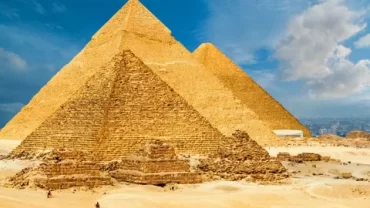



Comment (0)